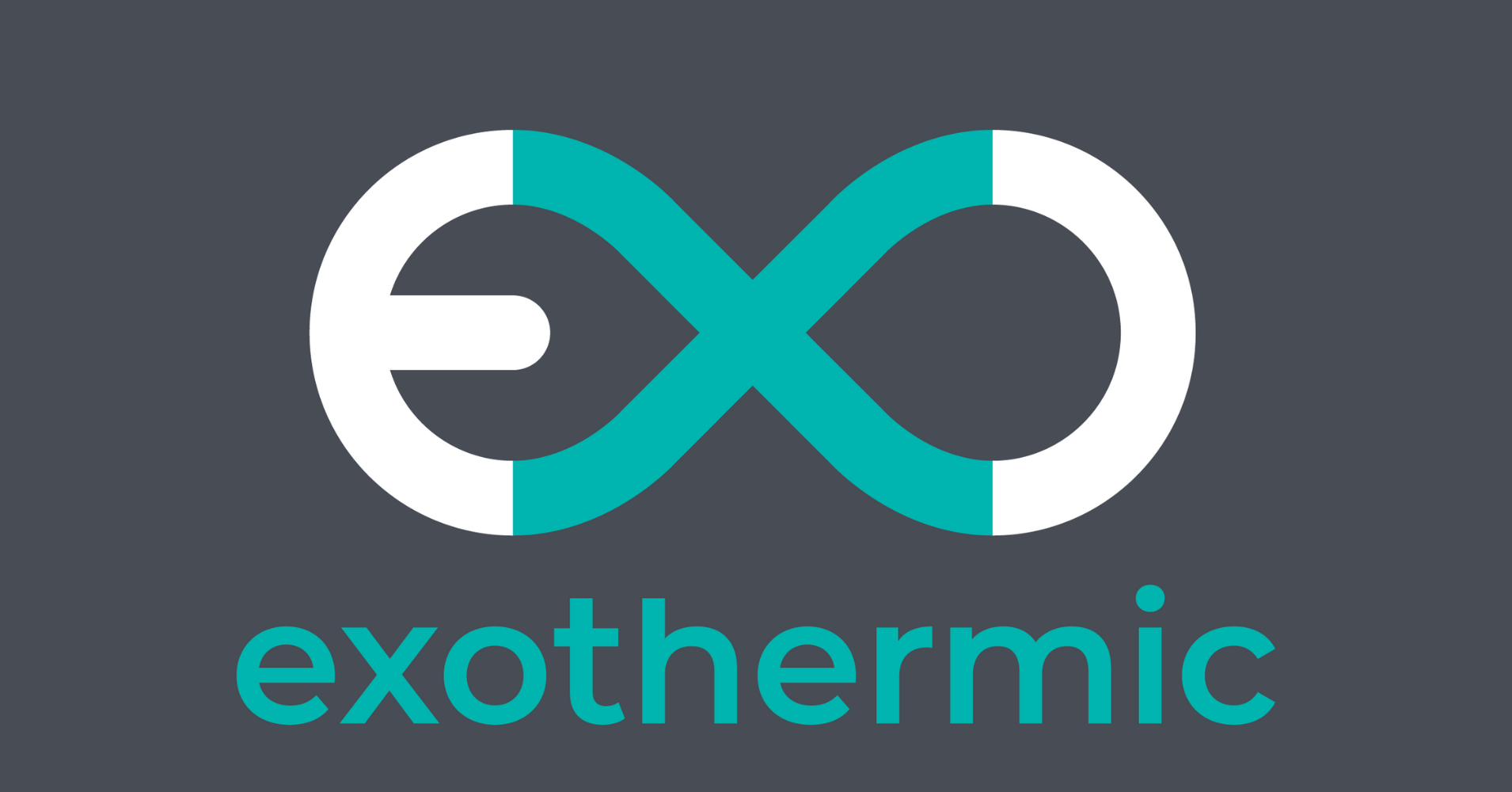When It's Time to Move Your Molds: What Happens Next
The conversation usually starts the same way. Quality is slipping. Lead times keep stretching....

When people first hear our company name, they often wonder - why Exothermic? The fascinating chemistry at the heart of our manufacturing process is the answer.
In 1983, when Paul C. Steck, a German immigrant, purchased a company then known as Artium, he renamed it "Exothermic Molding" to describe the fundamental chemical reaction in our manufacturing process. "Exothermic" refers to the heat-producing chemical reaction within the mold cavity during Reaction Injection Molding (RIM).
But the story goes deeper than just the name. Our journey began in 1971 when Ed Varga, a former Hewlett-Packard engineer, founded Artium (Latin for "craftsman"). Varga was an early pioneer in adopting Reaction Injection Molding technology in the United States. When faced with the challenge of creating housings for large CRT terminals, he adapted a European furniture-making process that involved casting epoxy molds and injecting foam - essentially creating one of the first domestic implementations of RIM technology.
 Regarding plastic materials, there are two fundamental categories: thermoplastics and thermosets. Thermoplastics, like the materials used in traditional injection molding, can be repeatedly melted and reformed - think of them like butter that can be melted and resolidified multiple times.
Regarding plastic materials, there are two fundamental categories: thermoplastics and thermosets. Thermoplastics, like the materials used in traditional injection molding, can be repeatedly melted and reformed - think of them like butter that can be melted and resolidified multiple times.
Thermosets, conversely, undergo a permanent chemical reaction during molding that creates irreversible cross-links between polymer chains - similar to how you can't "unmix" a baked cake back into raw ingredients. Reaction injection molding (RIM), our specialty, uses thermoset materials.
The name "Exothermic" comes from the chemistry inside the mold: when the two liquid components mix and react, they release heat (an exothermic reaction) as they cure into the final thermoset part. This exothermic reaction is crucial because the heat generated helps drive the chemical cross-linking process, giving thermoset parts exceptional strength, temperature resistance, and chemical resistance properties.
Unlike thermoplastics that can soften when heated, these cross-linked thermoset materials maintain their structural integrity even at elevated temperatures, making them ideal for demanding applications.
The exothermic reaction in our process is more than just a chemical phenomenon - it represents our commitment to transformation. Just as the chemical reaction transforms liquid components into durable plastic parts, our company transforms our clients' complex challenges into innovative solutions.
Today, after over 50 years in business, the Exothermic name continues to embody our dedication to the precision and science behind our manufacturing process.
We've evolved far beyond those early days - offering advanced materials like Poly-DCPD and state-of-the-art manufacturing capabilities like high-quality finishing, value-added assembly, reverse engineering, tooling design and development, and additive manufacturing. - our name remains a testament to the fundamental chemistry that makes our work possible.
Whether we're creating housings for medical devices, components for aerospace applications, or parts for autonomous vehicles, the exothermic reaction at the heart of our process continues to be the foundation of our success - just as it was when our name was chosen four decades ago.
Want to learn more about how our RIM process can benefit your next project?
Contact our engineering team to discuss your specific requirements and discover the possibilities that Exothermic Molding can offer.
The conversation usually starts the same way. Quality is slipping. Lead times keep stretching....
When engineers first encounter polydicyclopentadiene (Poly-DCPD) molding, one of the most frequent...
Founded in 1972, Exothermic Molding Inc. began by serving specialized markets including medical...